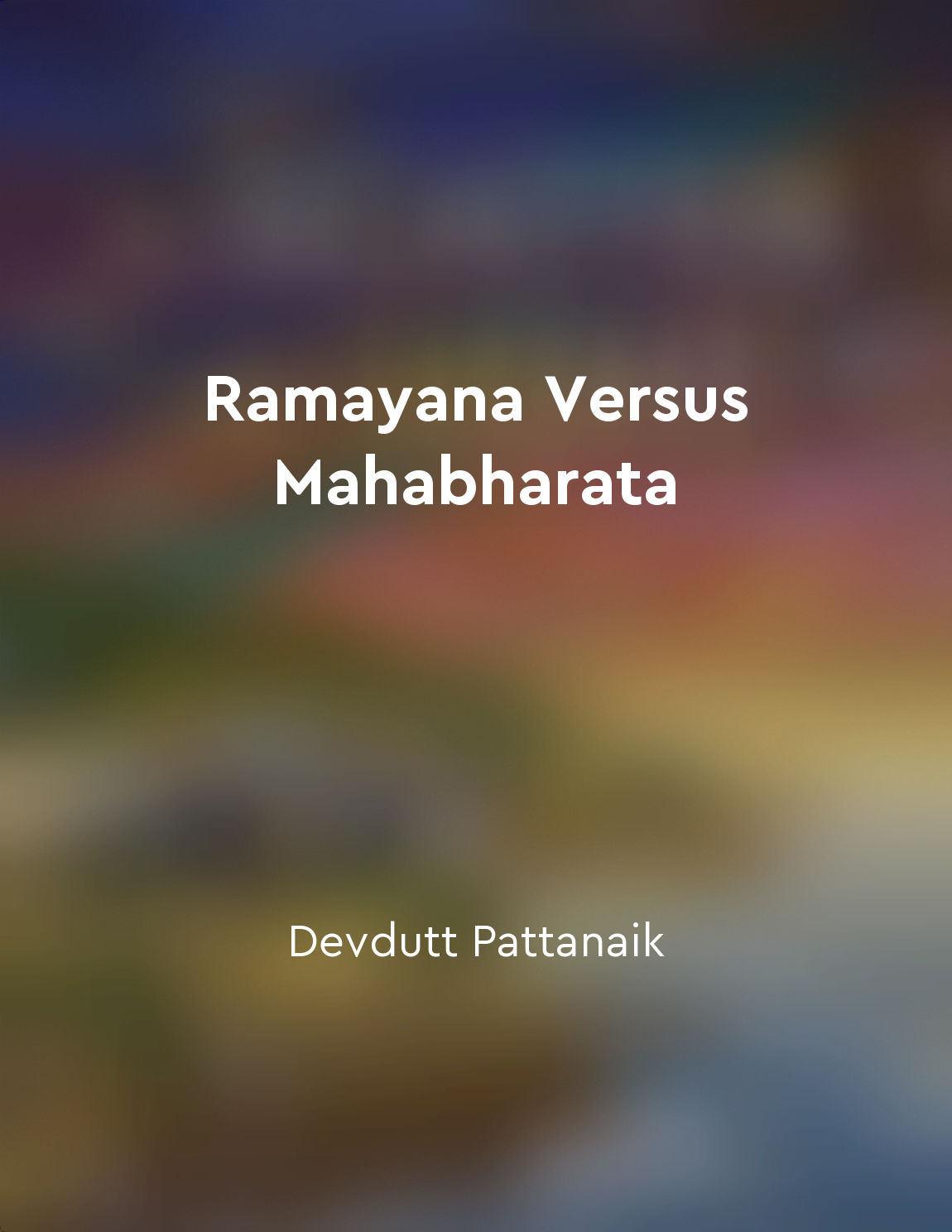The role of women from "summary" of The Mahabharata by Dwaipayana Vyasa
Women play a significant role in shaping the narrative of The Mahabharata. They are portrayed as strong, resilient, and multi-dimensional characters who exert influence in various ways throughout the epic. Despite living in a patriarchal society, these women demonstrate courage, wisdom, and agency in the face of adversity. One such notable character is Draupadi, who is described as a fiercely independent and intelligent woman. She is not merely a passive figure in the story but an active participant who makes her own choices and stands up for herself. Draupadi's resilience in the face of humiliation and her unwavering commitment to justice make her a powerful symbol of female strength and determination. Another important female character is Kunti, the mother of the Pandavas. Kunti is depicted as a loving and devoted mother who also possesses great wisdom and foresight. She plays a crucial role in guiding her sons through their trials and tribulations, offering them advice and support when needed. Kunti's presence throughout the epic serves as a reminder of the importance of maternal influence in shaping the destinies of heroes. In contrast, there are also negative portrayals of women in The Mahabharata, such as Gandhari and Duryodhana's wife. These characters are shown to be driven by jealousy, greed, and ambition, leading to their eventual downfall. Their actions serve as cautionary tales about the consequences of succumbing to negative emotions and desires.- The depiction of women in The Mahabharata is complex and nuanced, reflecting the diverse roles and experiences of women in ancient Indian society. From powerful queens and heroic warriors to scheming villains and devoted mothers, the women in the epic embody a wide range of virtues and vices. Their stories serve as a mirror to the complexities of human nature and the enduring relevance of gender dynamics in shaping history and mythology.
Similar Posts
The legacy of ancestors in shaping the present
The past is not just a collection of memories to be stored away in dusty corners of the mind. It is a living force that continu...
The game of dice leading to Pandavas' exile
In the great Indian epic Mahabharata, there is a pivotal event that changes the course of the story - the game of dice. This fa...
Sita's purity and chastity
Sita, the wife of Rama, is renowned for her unwavering devotion, purity, and chastity in Valmiki's Ramayana. Her character is p...
Legend of Abhimanyu
The Legend of Abhimanyu is a tale of bravery and sacrifice that is an integral part of the epic Mahabharat. Abhimanyu was the s...

The struggle for power
The struggle for power is a relentless force that drives men to great lengths in their pursuit of dominance. It is a battle tha...
Introduction to Mahabharata, an epic saga
Mahabharata, an epic saga, is a timeless tale that has been passed down through generations. It is a story of love, betrayal, w...
Detailed background of the Kuru dynasty
The Kuru dynasty is one of the most prominent and powerful dynasties in ancient India. According to the epic Mahabharata, the K...

Ramayana's Kaikeyi is manipulative, Mahabharata's Gandhari is sorrowful
In the epic Ramayana, the character Kaikeyi is portrayed as manipulative. She schemes to secure the throne for her son Bharata ...

Betrayal and loyalty
The tale of the Mahabharata is replete with instances of betrayal and loyalty, two contrasting themes that shape the course of ...

